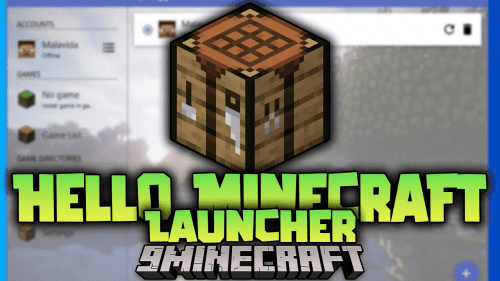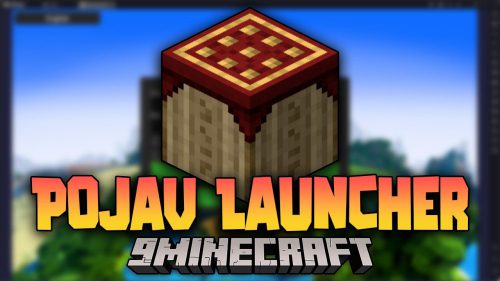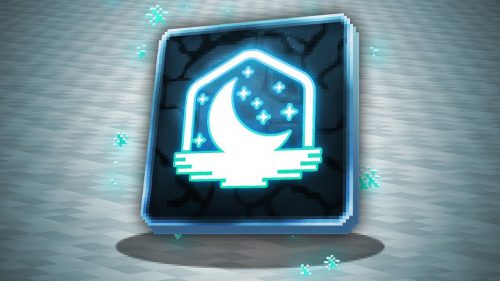Slimes: Everything You Need To Know
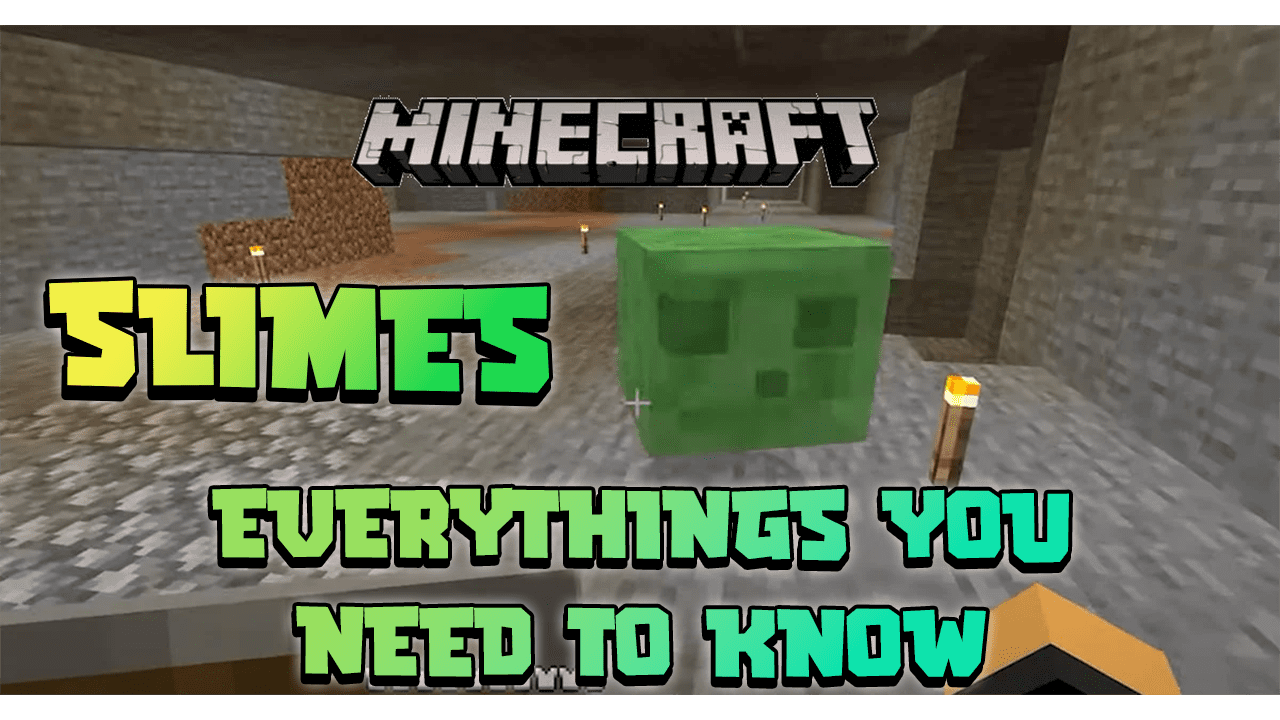
Slimes are indeed among the classic mobs in Minecraft, recognizable as large green blocks of goo that have been a part of the game for quite some time. They possess a unique characteristic: when slain, they split into smaller versions of themselves. While the design of slimes has seen slight alterations over the years, with their eyes and mouth transitioning from black to dark green, their core concept has remained largely unchanged.
1. They Spawn At Full Moon
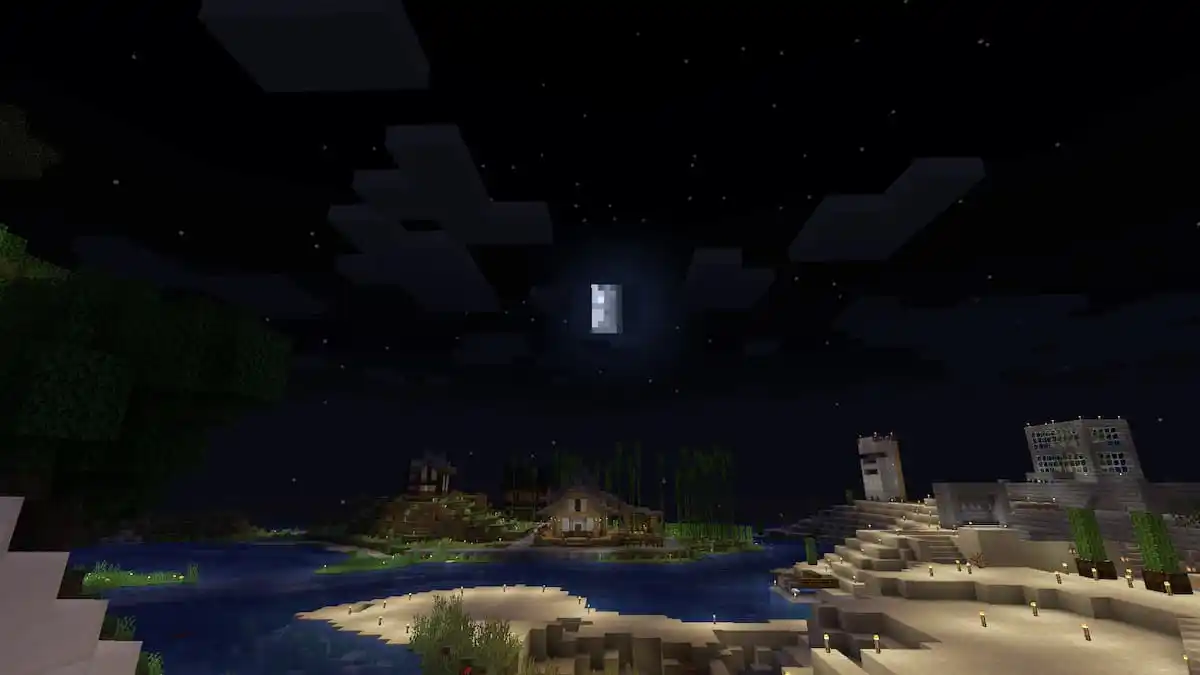
Slimes follow distinctive guidelines for their spawning behavior, setting them apart from regular mobs like zombies and skeletons. While the latter typically appear during the night and remain stationary if the player is not in close proximity, slimes exhibit unique characteristics. They exclusively spawn within specific biomes during particular timeframes.
Here’s a pro tip: Keep a watchful eye on the night sky in your game, especially during a full moon. The lunar cycle shifts every night, and some texture packs might enhance the moon’s visibility, making it easier for you to identify the optimal time for slime hunting.
2. They Love Swamp Biomes
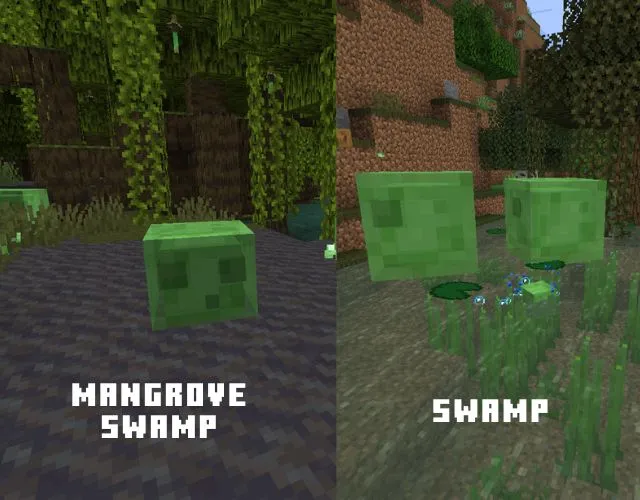
Searching for slimes during a full moon is just the first step; you also need to locate the appropriate biome. Slimes exclusively emerge on the surface of the overworld in swamp biomes. In any other biome, you’ll only find them at specific elevations or chunks, which we’ll delve into shortly.
Slimes will naturally spawn during the night in swamp biomes, and their numbers will be notably higher during a full moon. Nevertheless, even during a full moon, their likelihood of spawning in comparison to other mobs remains relatively low.
3. They Only Spawn In Certain Chunks
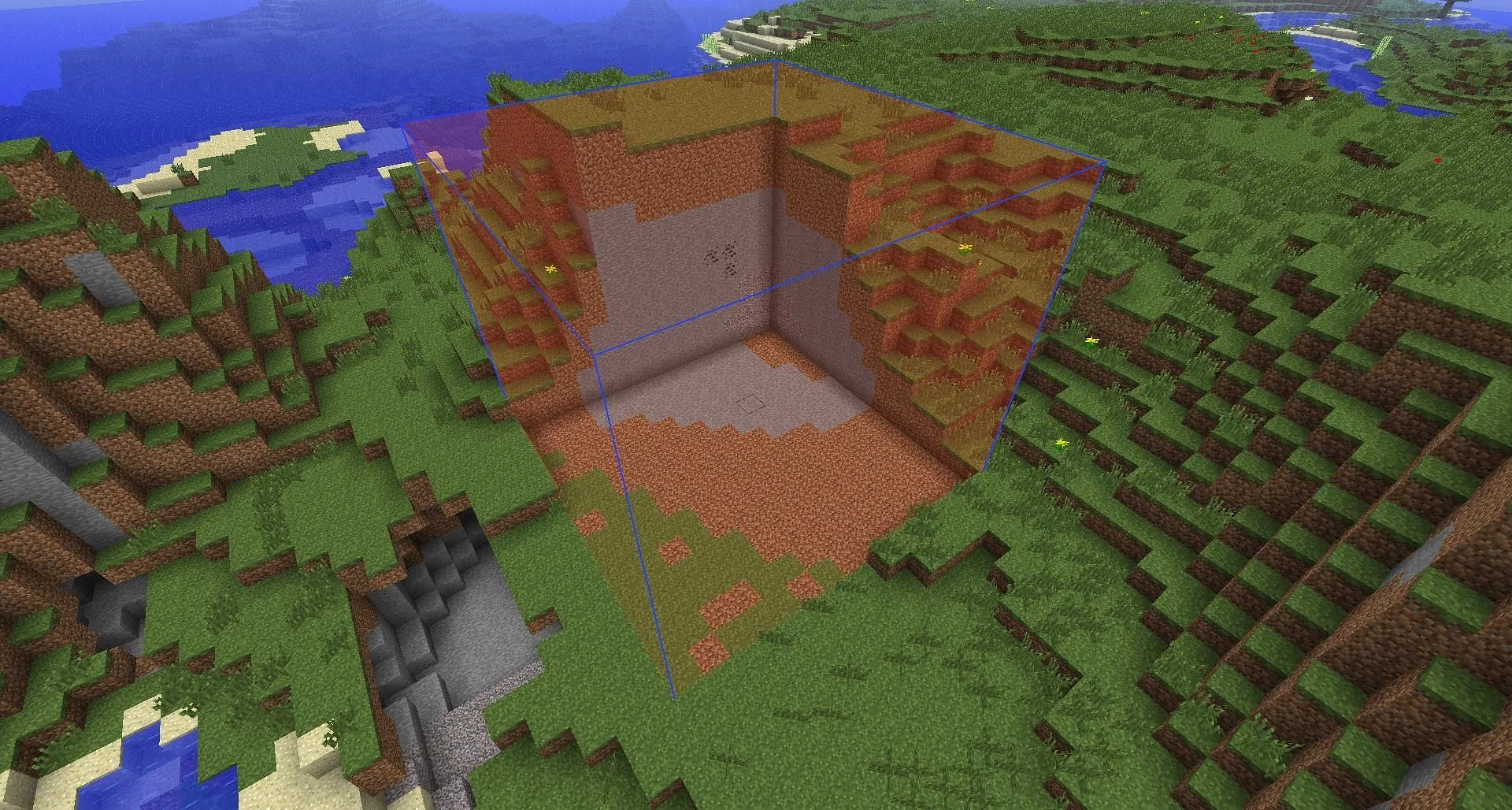
If locating a swamp during a full moon feels like too much trouble, there are fortunately alternative methods for obtaining slimes. According to the game’s rules, certain underground chunks in the game can naturally spawn slimes.
A quick note: Identifying these chunks can be quite challenging without the assistance of a specialized app like Chunk Base.
Chunks in the game are defined as 16 by 16 areas on the map, with approximately one out of every ten chunks having the potential to be slime chunks. Once you’ve pinpointed one of these slime chunks, establishing a slime farm should be your top priority.
4. They Spawn At Low Elevation
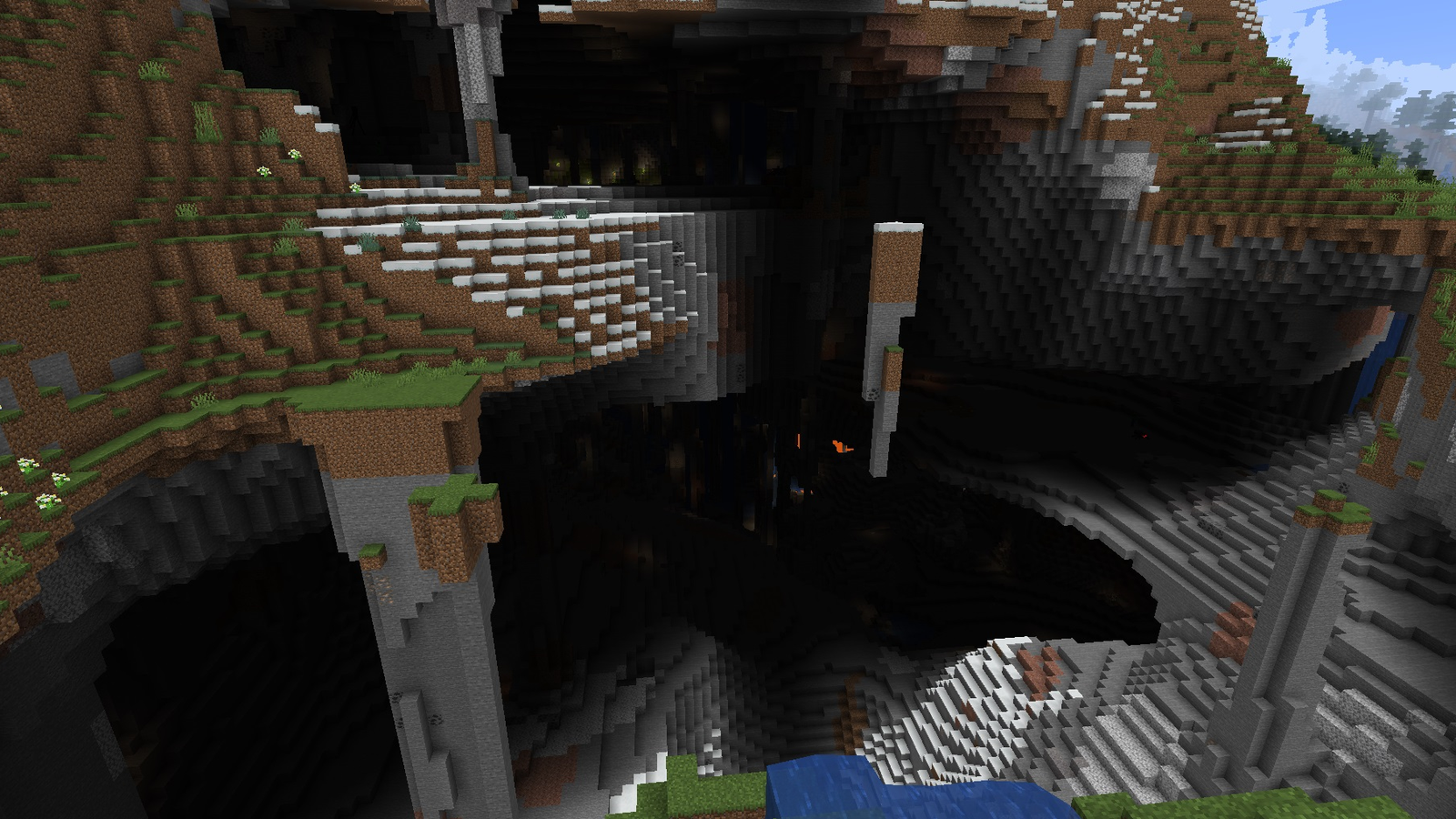
Identifying a slime chunk is just one part of the puzzle; reaching the correct elevation is equally crucial. This becomes especially important because, apart from swamps, slimes will never appear on the surface. When you’re on the hunt for them, caves and other underground structures become your greatest allies.
The most effective strategy for locating slime chunks and witnessing slimes in action is to dig down to Y: 40 and lower. Y: 40 is regarded as the highest elevation at which slimes can spawn in any biome.
5. They Can Climb
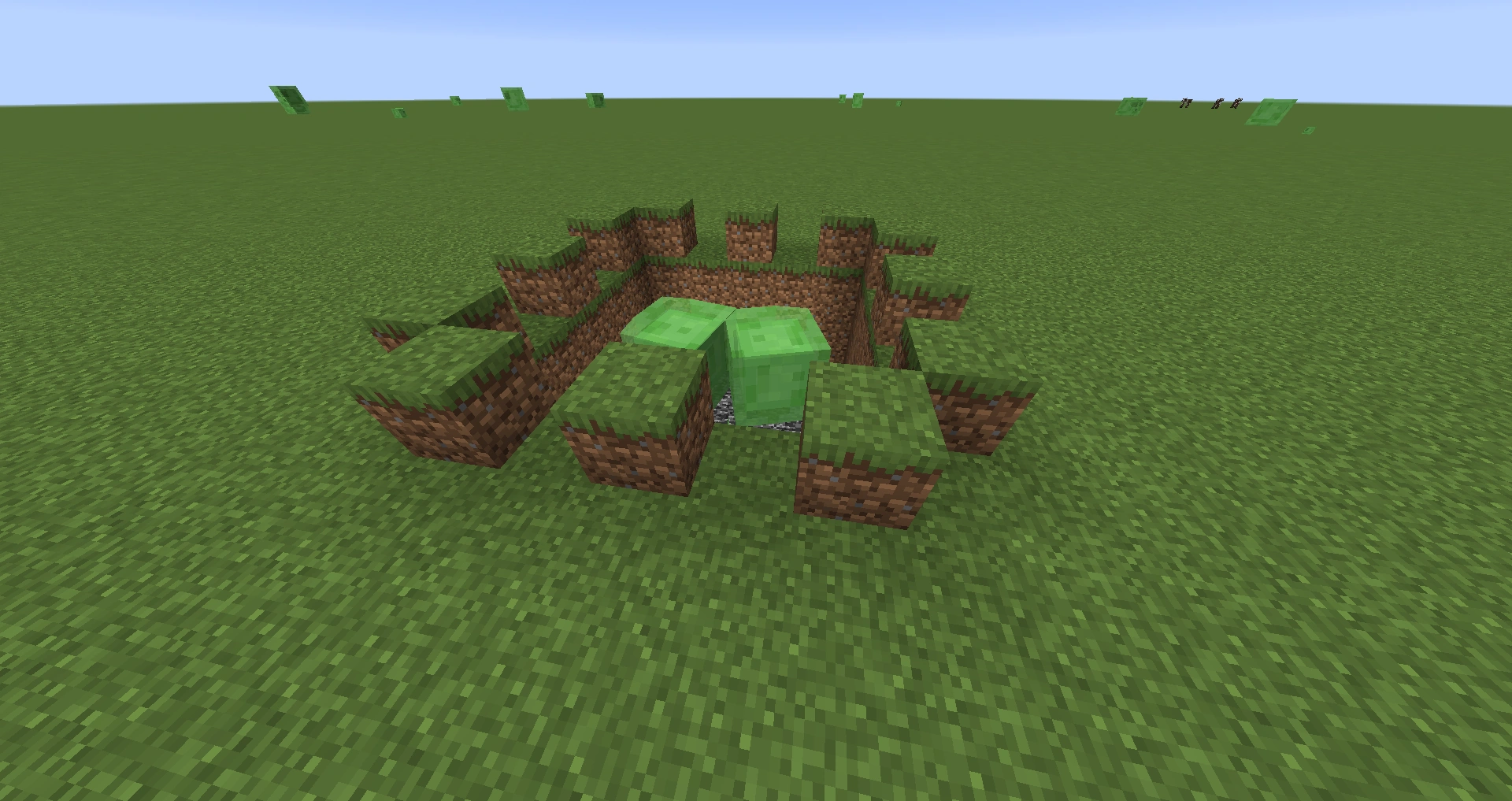
In the world of Minecraft, many hostile mobs can be easily thwarted by simply closing a door or retreating to a high vantage point. However, slimes prove to be rather clever creatures and exhibit the ability to pursue players effectively, even if the players attempt to escape by using a ladder.
The same principle applies to scaffolding. Slimes can effortlessly ascend it, just like any player, when they are in pursuit of a target. While slimes may not be the most formidable mobs in the game, this knowledge is invaluable, especially when you’re constructing a dedicated slime farm.
6. Baby Pandas Can Drop Slime
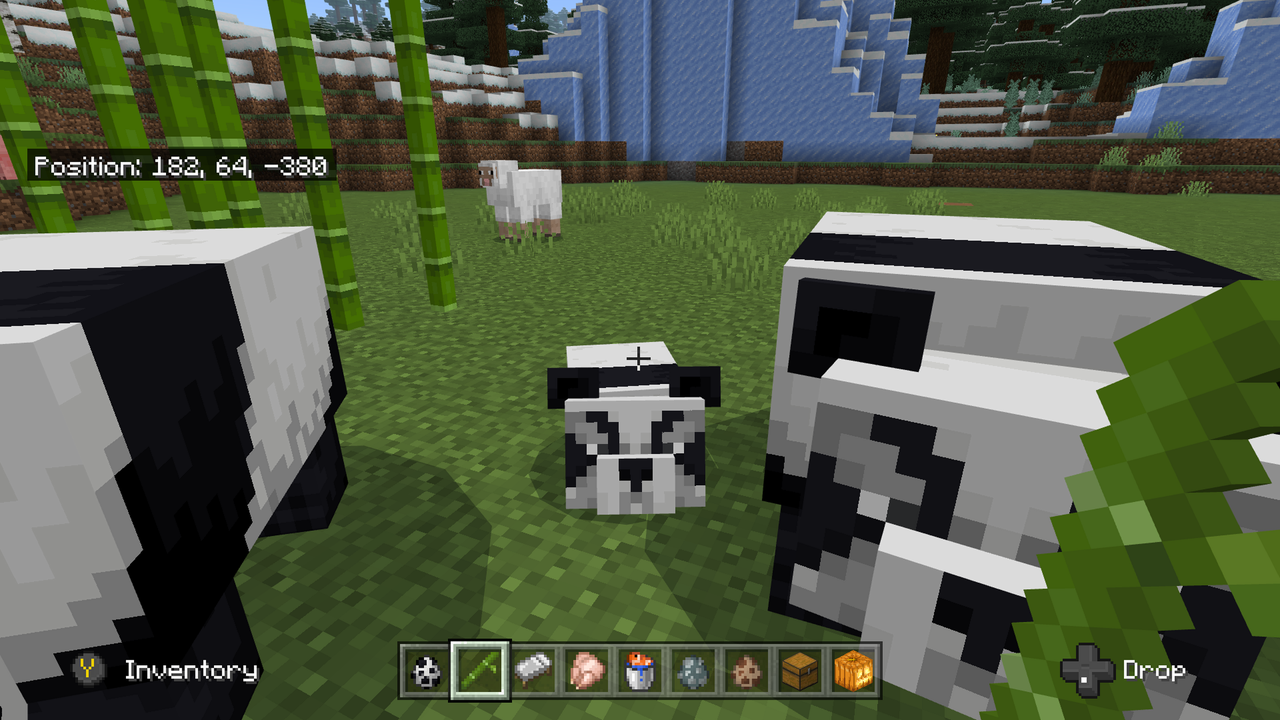
Slimes aren’t the sole source of slimeballs in the game. For players who prefer the Peaceful mode experience (or those struggling to locate slime chunks or swamp biomes), there’s another unconventional option involving pandas. However, finding pandas can also pose a bit of a challenge.
Breeding two pandas can yield a baby panda, and there’s a chance that this adorable little panda might sneeze up slimeballs. It’s a unique and somewhat specialized approach to farming slime, offering an alternative for those who may not want to venture into the usual slime-hunting methods.
7. Wandering Traders Sometimes Sell Slime
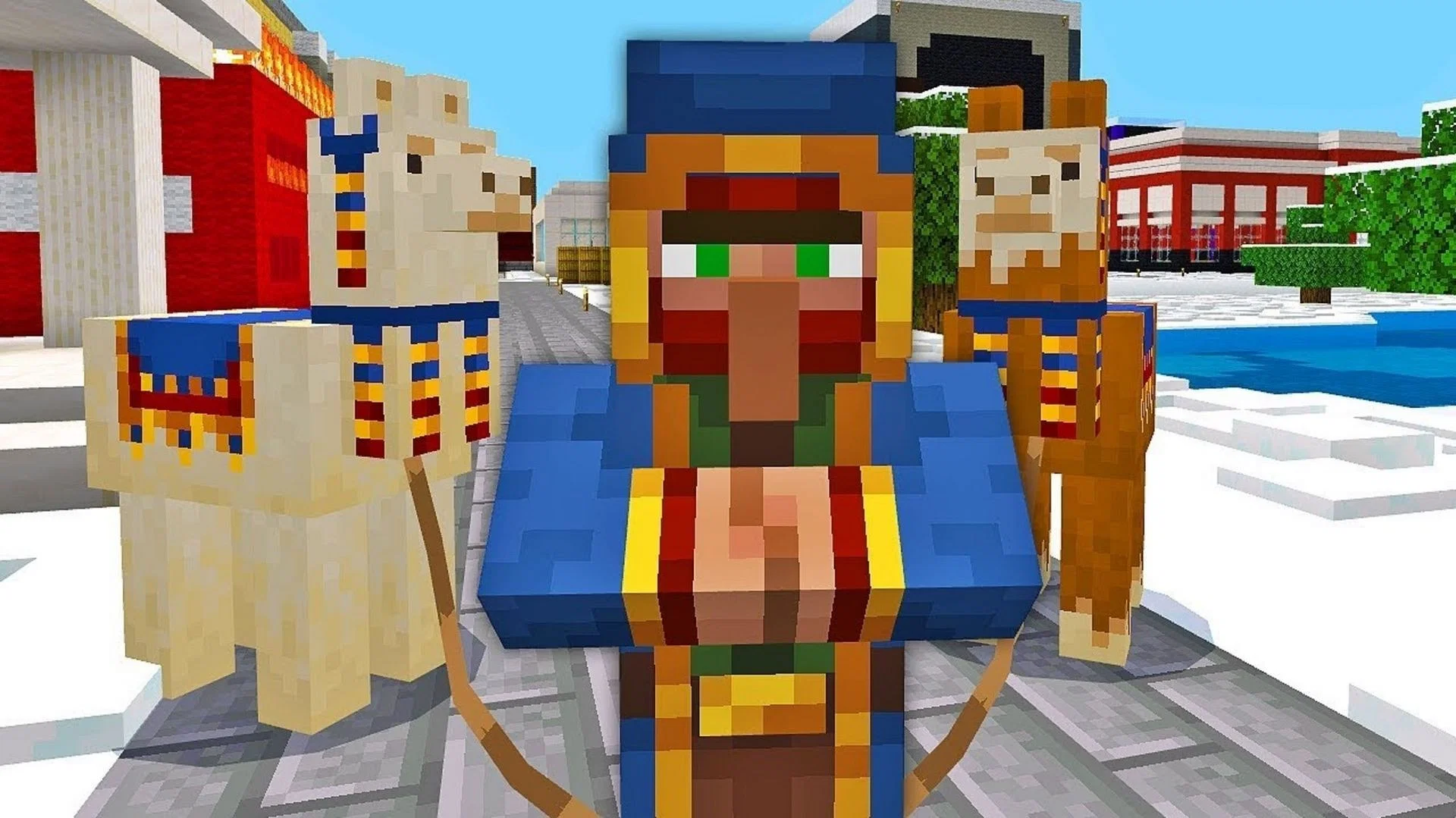
If you find yourself unable to locate a panda, a swamp biome, or simply don’t want to go through the trouble of searching for a slime chunk to set up a slime farm, there’s an alternative path through trading.
The Wandering Trader, a unique villager clad in blue and accompanied by llamas, will spawn randomly after around 3 hours of real-life playtime. His inventory isn’t constant, so there’s a slim chance that one day he might have some slimeballs available for trade. This presents a convenient alternative for players seeking slimeballs without the hassle of traditional methods.
8. Recipes With Slimeballs
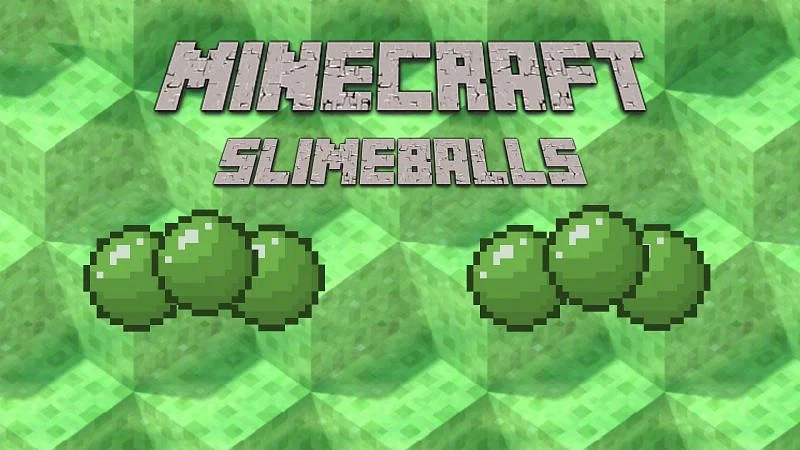
Indeed, slimeballs and slimes are valuable resources in Minecraft due to their relative rarity, and they are essential for crafting several important items. Here’s a list of what you can create with slimeballs:
Sticky Pistons: These redstone components are pivotal for creating complex contraptions. They can hold onto blocks when extended, allowing for advanced mechanisms and automated systems.
Magma Cream: An integral ingredient for brewing Fire Resistance potions. These potions provide temporary immunity to lava and fire, making them invaluable when exploring the Nether or dealing with fiery threats.
Lead: Leads are indispensable for leashing and controlling mobs like cows, horses, and llamas. They enable players to transport and manage animals efficiently, making them an essential tool for farmers and livestock handlers.
In essence, slimeballs and their derived products play a significant role in enhancing gameplay, whether it’s for technical redstone creations, potion-making, or mob management.
9. Slime Block Physics
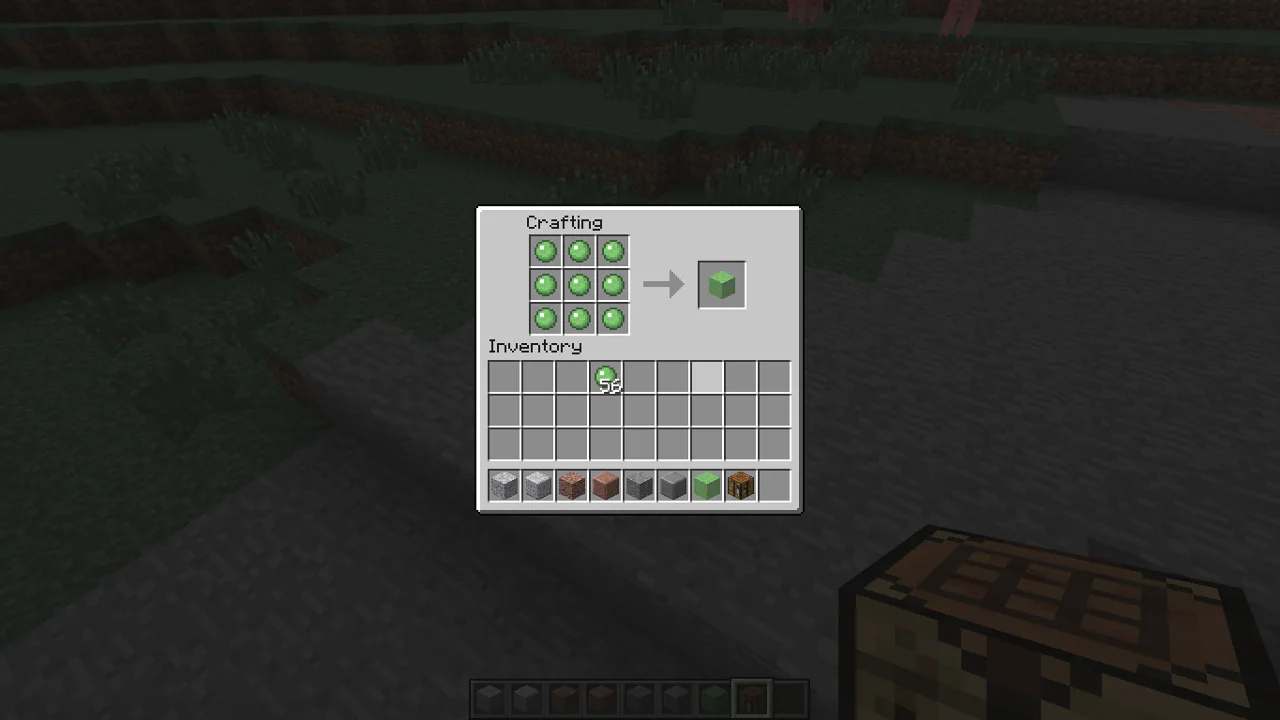
The slime block is undoubtedly a remarkable addition to Minecraft, highly valued for its unique properties that have given rise to a multitude of inventive redstone contraptions and machines. Here’s what makes slime blocks so special:
Anti-Fall Damage: Slime blocks defy the laws of physics by negating any fall damage when landed upon. This property makes them a go-to choice for creating safe drop zones and elevators.
Bouncy Surface: Players and entities bouncing on top of slime blocks can perform impressive jumps and leaps, allowing for dynamic parkour courses and entertaining gameplay mechanics.
Mob Slowing: Slime blocks have an additional function – any mob walking on them experiences a significant reduction in movement speed. This characteristic can be harnessed to create traps or slow-moving mob farms.
Crafting Recipe: To craft a slime block, you’ll need to arrange nine slimeballs in a crafting grid, further emphasizing the value of slimeballs as a resource.
In summary, slime blocks are a testament to the creativity of Minecraft players, serving as both a utility block for redstone engineering and a source of fun gameplay mechanics.







